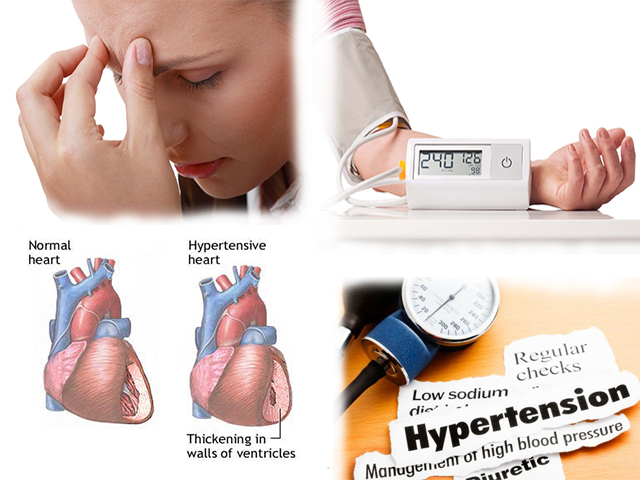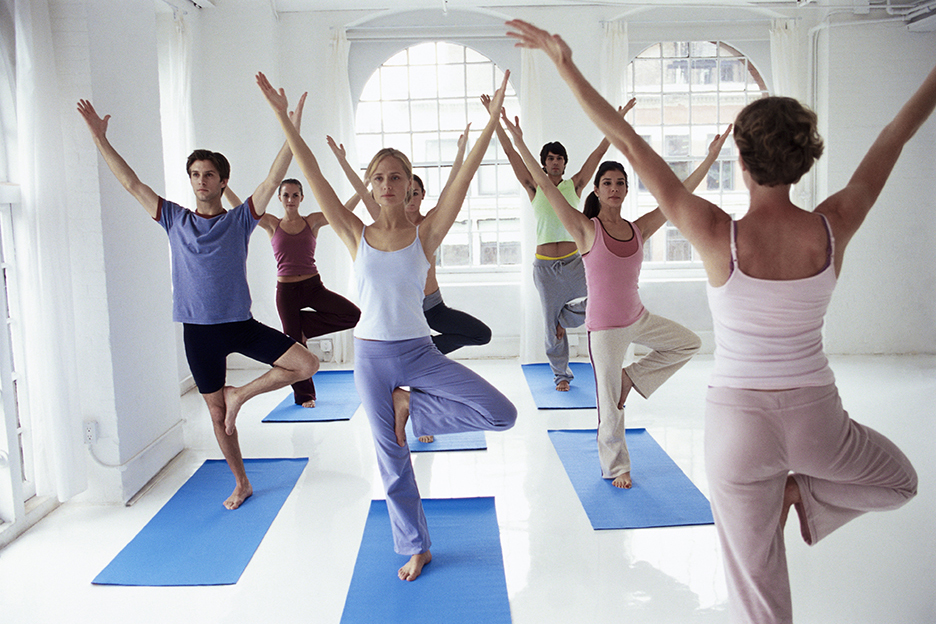Hypertension is the medical term for high blood pressure. It is not a disease in itself, but it leads to an increased risk of developing some other serious conditions later in life such as heart failure, heart attack and stroke.
Earlier Hypertension was relatively an uncommon condition. Today, high line pressure or hypertension has become more than simply a chronic ailment. It has become a way of life dependent on regular medication and visits to doctors for routine checkups. These same problems are presenting great challenges to the medical world.
Navigator
How the blood pressure is built up?
 Circulating blood presses against the walls of the blood vessels with a force (pressure). Blood pressure is the force (or pressure) with which the heart pumps blood through the arteries and so allows the blood to reach various parts of the body. The pressure is greatest during systole, when the heart contracts and forces blood into the arteries of the body. This is known as systolic blood pressure. The pressure is lower during the relaxation phase of the heart and this is referred to as the diastolic blood pressure. The blood pressure that is recorded at the arm by the use of a clinical blood pressure apparatus is the pressure that is felt against the walls of the artery in the upper arm. The average is considered to be 120/80 mm of Hg. Without this pressure the blood would not be able to supply the body with the necessary oxygen and food. It varies from time to time depending on the level of physical and mental activity. It is lower during rest and increases with tension. It also varies from person to person.
Circulating blood presses against the walls of the blood vessels with a force (pressure). Blood pressure is the force (or pressure) with which the heart pumps blood through the arteries and so allows the blood to reach various parts of the body. The pressure is greatest during systole, when the heart contracts and forces blood into the arteries of the body. This is known as systolic blood pressure. The pressure is lower during the relaxation phase of the heart and this is referred to as the diastolic blood pressure. The blood pressure that is recorded at the arm by the use of a clinical blood pressure apparatus is the pressure that is felt against the walls of the artery in the upper arm. The average is considered to be 120/80 mm of Hg. Without this pressure the blood would not be able to supply the body with the necessary oxygen and food. It varies from time to time depending on the level of physical and mental activity. It is lower during rest and increases with tension. It also varies from person to person.
What are the factors which cause hypertension?
The factors which cause hypertension can be enlisted as follows:
- Age – above 60 years of age the chances get increased to be affected by hypertension.
- Obesity – it is one of the major causes of hypertension.
- Sex – men and women tend to have different risk factors. Men are more prone at a younger age while women are more prone at an older age.
- Lifestyle – this may be termed as the key factor of hypertension. Dietary factors, working style factors and environmental factors are included in this.
- Stress – stress can surely lead to hypertension. It may be included in the lifestyle factor itself.
It is possible that there is a patient having hypertension and the cause is not identified, it doesn’t have any specific cause. Such condition is termed as essential hypertension, of which cause is not known.
Secondary hypertension is that which has a specific identified cause such as chronic kidney disease.
Primary hypertension unlikely to have specific cause, but multiple factors and is affected by environmental factors including lifestyle problems.
Can stress cause hypertension?
Blood pressure is affected by emotions, such as fear or anger, but the effect tends to be short lived. When a person leads a life that is full of tensions, anxiety, worry, etc. with continued excitation of the sympathetic nervous system, the blood pressure may remain persistently high. Some of these changes are due to normal rhythms in the body’s chemistry and some are related to stress and exercise. The difference in the BP between restful hours of the morning and exhausted evenings can be very large and if you have been diagnosed as having high BP.
What does yoga have to treat hypertension?
Yoga therapy provides a holistic approach to the health. As a therapy, yoga treats a patient at all stages. Health comprises of physical, mental, societal and spiritual dimensions of an individual as defined by WHO. Sage Sushrut also defines the spirit in the same manner in his Ayurveda text. So yoga therapy heals a person holistically. The patient is treated at all the dimensions of the health through the different techniques of yoga.
 Moreover, it is significant to know that health is not the benefit of yoga rather it’s a byproduct of yoga. Thus yoga is not merely to cure or heal a person only to sustain one’s health and keep him elevating towards higher stages of awareness.
Moreover, it is significant to know that health is not the benefit of yoga rather it’s a byproduct of yoga. Thus yoga is not merely to cure or heal a person only to sustain one’s health and keep him elevating towards higher stages of awareness.
Loosening series:
- Toes
- Ankles
- Knees
- Waist
- Fingers
- Wrist
- Elbows
- Shoulders
- Neck
Asanas For Hypertension:
- Bhujangasana
- Ushtrasana
- Tiger breathing
- shavasana
Pranayama For Hypertension:
- Anulom vilom or Nadi shuddhi (without kumbhaka)
- Ujjayi Pranayama
- Chandra Bhedi
- Deep breathing practice
- Bhramari Pranayama
- Udgeet (omkara) Pranayama
Shatkarama kriyas (cleansing techniques) For Hypertension:
- Jal neti
- Shankh Prakshalana (warm water without salt)
- Trataka
Relaxation technique For Hypertension:
- Yoga Nidra
- Meditation
Mark:
- The practices prescribed above are with general considerations of symptoms and conditions. If one is suffering from hypertension for long and has some other health problems then it is advised to consult a known yoga therapist or doctor and then design the practices as per your comfort.
- The practice of shankh prakshalana should be performed under the guidance of a yoga therapist or else it might be harmful.


I am a doctor interested in natural method of yoga therapy